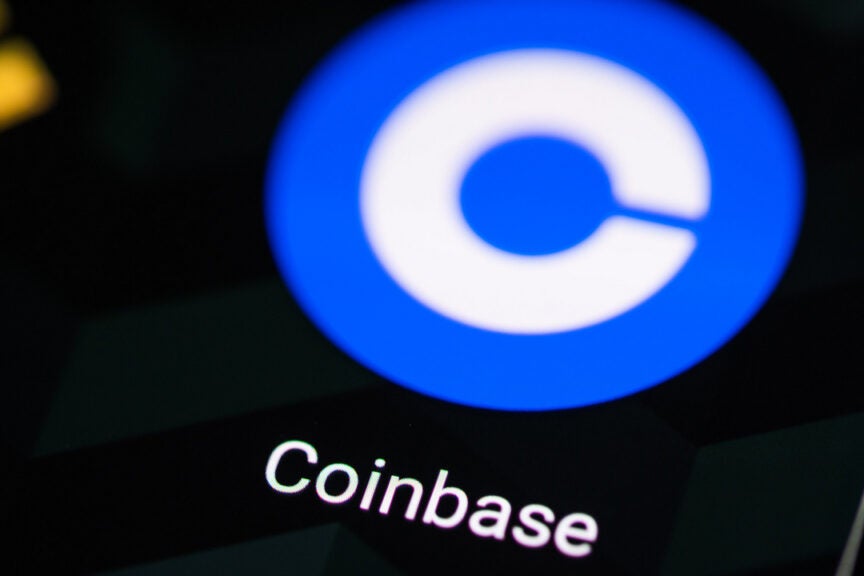Coinbase Expands to Southeast Asia: The Role of Local Stablecoins in Shaping the Future of Digital Finance
As global interest in cryptocurrency continues to surge, one of the most significant emerging trends is the pivot towards Southeast Asia. This region, home to a rapidly growing digital economy, is now at the heart of a transformative shift in the global financial landscape. Coinbase, one of the largest cryptocurrency exchanges in the world, is looking to capitalize on this shift by launching stablecoins tied to local currencies such as the Thai Baht (THB) and Philippine Peso (PHP). This move promises to bring greater stability, efficiency, and accessibility to digital financial transactions in the region.
With its plans to introduce local stablecoins, Coinbase is not only responding to the increasing demand for more stable digital assets but is also looking to shape the future of decentralized finance (DeFi) in a region where traditional banking services are often less accessible. The launch of these stablecoins is poised to address a range of regional financial challenges while opening up new opportunities for both consumers and businesses.
The Rise of Stablecoins in Southeast Asia
Stablecoins—cryptocurrencies pegged to the value of a fiat currency or basket of assets—have grown in popularity due to their ability to mitigate the high volatility typically associated with cryptocurrencies like Bitcoin and Ethereum. This stability makes them an ideal option for facilitating transactions, particularly in emerging markets where inflation or currency fluctuations can undermine the value of traditional money.
In Southeast Asia, where many countries face significant financial inclusion challenges, stablecoins tied to local currencies present a unique solution. According to a report by the International Monetary Fund (IMF), nearly 70% of people in Southeast Asia are unbanked or underbanked, meaning they lack access to traditional financial services such as savings accounts, loans, or credit cards. The introduction of local stablecoins could help bridge this gap by providing a digital alternative that is both easy to use and stable enough for everyday transactions.
Coinbase’s Strategic Move in Southeast Asia
Coinbase’s decision to launch local stablecoins is a clear indication of the company’s commitment to expanding its influence in the region. Southeast Asia is home to over 600 million people, many of whom are already familiar with mobile payments and digital currencies. According to a Statista survey, Southeast Asia is expected to see an increase in cryptocurrency adoption as consumers seek faster, cheaper, and more efficient ways to transfer money both domestically and internationally.
By launching stablecoins pegged to the Baht and Peso, Coinbase is positioning itself as a key player in Southeast Asia’s emerging digital economy. These stablecoins will facilitate faster, cheaper, and more secure transactions compared to traditional payment systems, especially for cross-border remittances, which have traditionally been costly and time-consuming.
The Benefits of Localized Stablecoins
Local stablecoins offer numerous advantages that could revolutionize the way people in Southeast Asia interact with digital finance. Below are some of the key benefits:
- Faster Transactions: Traditional banking systems, especially in Southeast Asia, can be slow, particularly when it comes to cross-border payments. Stablecoins enable instant transactions across borders, reducing the time it takes for money to be transferred between parties.
- Lower Fees: Sending money through traditional financial institutions often comes with high transaction fees. Stablecoins, being decentralized, can lower these costs significantly, making digital payments more affordable for individuals and businesses.
- Financial Inclusion: As mentioned, a large portion of Southeast Asia’s population is unbanked or underbanked. By using mobile phones and digital wallets, these individuals can access stablecoins without needing a bank account, giving them a chance to engage in the digital economy.
- Stability: Unlike highly volatile cryptocurrencies, stablecoins are pegged to fiat currencies, making them less susceptible to large fluctuations in value. This is particularly important in countries with volatile local currencies or high inflation rates.
Implications for Southeast Asia’s Financial Ecosystem
The introduction of local stablecoins in Southeast Asia could have far-reaching implications for the region’s financial ecosystem. In particular, it could accelerate the shift towards a cashless society, foster economic growth, and encourage greater financial inclusion. Below are some key aspects to consider:
Impact on Cross-Border Remittances
Southeast Asia is a significant hub for remittances. According to World Bank data, the Philippines, Thailand, and Vietnam are among the top recipients of international remittances. However, the process of sending money across borders remains slow and expensive due to the high fees charged by traditional money transfer services.
By using local stablecoins, individuals can bypass traditional remittance channels and send money more quickly and affordably. This could have a profound impact on the livelihoods of millions of workers who rely on remittances to support their families. The increased use of stablecoins could also spur competition among financial service providers, driving down costs for consumers.
Regulatory Challenges
While the potential benefits of stablecoins are clear, there are also regulatory challenges that need to be addressed. Southeast Asia’s regulatory landscape is still evolving when it comes to digital currencies, with countries such as Singapore and Thailand being more progressive in their approach to crypto regulation, while others like Indonesia and the Philippines are still working to implement clear frameworks.
In order for stablecoins to gain widespread adoption, regulators will need to ensure that appropriate safeguards are in place to prevent money laundering, fraud, and other illicit activities. Furthermore, it will be crucial to establish clear rules regarding the taxation of digital assets, as well as consumer protection measures.
Local Economies and Digital Innovation
The introduction of localized stablecoins could also serve as a catalyst for broader economic innovation in Southeast Asia. By providing businesses with a more stable and efficient way to transact, stablecoins could stimulate e-commerce, reduce friction in supply chain management, and improve the efficiency of payments within the region’s burgeoning digital economy. Additionally, businesses could use stablecoins to hedge against currency risk, offering more stability in pricing and contracts.
The Future of Southeast Asia’s Digital Finance Landscape
As Coinbase and other cryptocurrency companies continue to invest in Southeast Asia, the region’s digital finance landscape is poised for significant transformation. The rise of local stablecoins could be the beginning of a broader move towards decentralization, where individuals and businesses have more control over their financial transactions and are less reliant on traditional financial institutions.
The success of Coinbase’s stablecoin initiative will depend on several factors, including the region’s regulatory environment, consumer adoption, and the ability of Coinbase to build trust with local users. However, the potential for stablecoins to reshape the region’s financial systems cannot be underestimated. In the coming years, Southeast Asia could emerge as a global leader in the adoption of digital currencies and decentralized finance.
Conclusion
Coinbase’s expansion into Southeast Asia with local stablecoins represents a pivotal moment in the region’s ongoing digital transformation. With millions of people still excluded from the traditional financial system, stablecoins tied to local currencies offer a powerful tool for financial inclusion, cross-border remittances, and economic growth. While challenges remain, the potential benefits for individuals, businesses, and governments in the region are immense.
As Southeast Asia embraces the future of digital finance, the success of initiatives like Coinbase’s local stablecoins will play a crucial role in shaping the next wave of innovation in the global cryptocurrency market. The rise of stablecoins in this region will undoubtedly have ripple effects across the world, ushering in a new era of financial accessibility, stability, and decentralization.
See more Fox Crypto Daily



